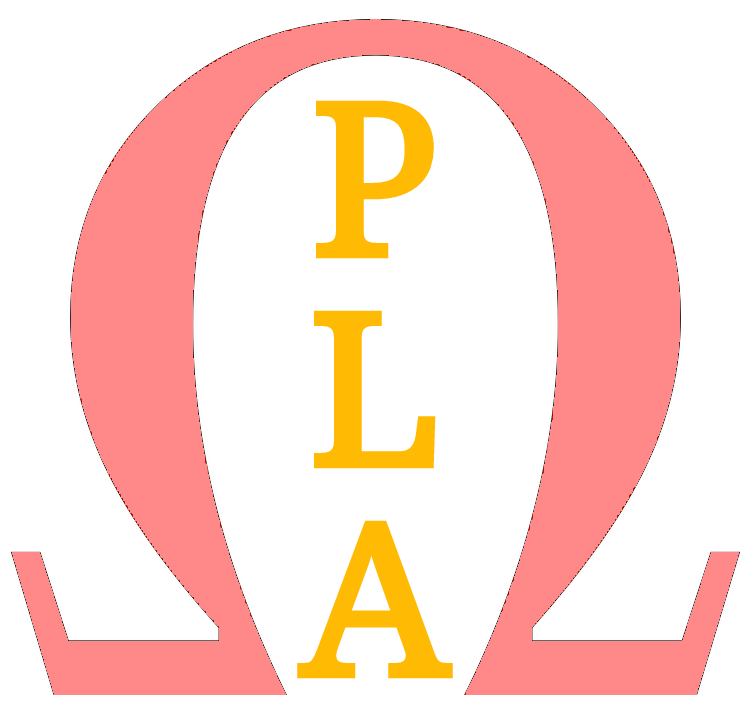Why Italian Is Easier Than You Think: A Beginner’s Guide for Bay Area Learners
Introduction: The Secret to Learning Italian? It’s Not What You Think.
Most people assume learning a new language has to be difficult. They picture long nights buried in grammar textbooks, confusing vocabulary lists, and frustrating conversations where they don’t understand a word. They imagine themselves in a classroom, nervously stammering out broken phrases while the teacher corrects every mistake. But what if we told you that learning Italian isn’t just easier than you think—it can also be joyful, intuitive, and even delicious?
Imagine walking through your local farmer’s market in the Bay Area and recognizing Italian words on imported olive oils or cheeses. Picture yourself planning a trip to Venice, and instead of downloading a translation app, you find yourself confidently asking for directions: Scusi, dov’è Piazza San Marco? Visualize an evening at home in Berkeley or San Francisco, sipping Chianti while watching an Italian film—and actually understanding what they’re saying.
Italian isn’t just a language—it’s an invitation. An invitation to connect with one of the world’s richest cultures, to enhance your travels, to savor new flavors, and to expand your perspective. And the best part? It’s one of the most beginner-friendly languages for English speakers. With a little effort and the right guidance, you can start speaking Italian faster than you might expect. You don’t need a genius-level brain or a European background. You just need curiosity, consistency, and a spark of motivation ✨.
In fact, Italian might be the perfect first foreign language. Its phonetic spelling makes pronunciation straightforward. Its vocabulary is often surprisingly familiar. Its culture is woven into everyday life in the Bay Area—from local pizzerias to Italian film festivals to the warm sense of la dolce vita you can find in your own neighborhood. Whether you’re in Oakland, San Jose, Berkeley, or San Francisco, you’re never far from opportunities to learn, speak, and live Italian.
In this beginner’s guide, we’ll walk you through the key reasons Italian is easier than you think, practical tips for starting your journey, and how the Bay Area offers a uniquely enriching environment for Italian learners. Ready to discover a new side of yourself? Let’s begin!
1. Italian Is Phonetically Consistent (Say It Like You See It)
One of the biggest hurdles in language learning is pronunciation. English can be a maze of silent letters and exceptions. But Italian? It practically sings 🎶.
In Italian, what you see is what you say. For example:
Casa (house) is pronounced exactly how it’s spelled: KAH-zah.
Grazie (thank you) = GRAHT-see-eh.
Panino (sandwich) = pah-NEE-no.
This phonetic clarity makes speaking Italian less intimidating for beginners. You’ll pick up basic pronunciation rules quickly, which means faster progress, especially in your first few weeks.
2. Vocabulary That Feels Familiar
Thousands of English words have Latin roots. Italian, a Romance language derived from Latin, shares many of those roots. That means a lot of Italian words will look and feel familiar:
Università = University
Importante = Important
Telefono = Telephone
Famiglia = Family
When you learn Italian, you’re not starting from zero. You already know more than you think!
3. Simple Grammar Foundations
Yes, every language has grammar. But Italian grammar doesn’t have to be scary 👻. Compared to other languages, it has relatively straightforward rules—and lots of patterns.
For example:
Most Italian verbs follow regular conjugation patterns (especially in the present tense).
Word order often mirrors English.
Gender and articles are consistent once you learn the rules.
You’ll go from saying io mangio la pizza (I eat the pizza) to forming more complex sentences with just a bit of practice.
4. Bay Area Resources Make It Easier
If you want to learn Italian in Berkeley, San Francisco, or Oakland, you’re in the right place. The Bay Area is rich in Italian culture:
North Beach in SF is an Italian treasure trove.
Authentic Italian bakeries, restaurants, and film festivals abound.
Italian-speaking communities and events help you practice in real life.
And best of all, in-person classes like those offered by Polyglottist Language Academy provide structure and community 🤝.
5. Italian Culture Is Motivation in Itself
Let’s be honest—you probably don’t want to learn Italian just to pass a grammar quiz. You want to live it. The food, the music, the travel dreams, the way Italians savor life 💃.
When you learn Italian, every lesson is tied to culture. You’re not just memorizing vocabulary—you’re preparing to:
Order espresso in Rome
Understand opera lyrics
Laugh at Italian memes
Cook alongside nonna on YouTube
Language becomes a passport, not a chore.
6. It’s a Great First Foreign Language
If you’ve never learned another language, Italian is a gentle and rewarding start. It gives you confidence that can carry over into learning Spanish, French, or even German later.
Why? Because:
It teaches you how languages work without overwhelming you.
You see progress fast (even within a few weeks) 🚀.
The positive feedback from native speakers keeps you going.
Many learners say Italian made them fall in love with language learning as a whole.
7. Conversation Happens Early
Some languages keep you stuck in textbook land for months. Not Italian. With just a few weeks of vocabulary, you can:
Introduce yourself: Ciao, mi chiamo Marco!
Order food: Vorrei una pizza margherita, per favore.
Ask for directions: Dov'è il bagno?
It’s incredibly motivating to have real conversations early on. You’ll feel like you’re already living the language 🌍.
8. You Can Practice Italian Without Leaving the Bay
You don’t have to fly to Italy to immerse yourself. Try these local tips:
Berkeley: Visit an Italian café and order in Italian.
San Francisco: Go to an Italian film night or explore North Beach’s heritage spots.
Oakland: Find local events or cooking classes with Italian themes.
These micro-immersion moments train your brain and make the language real.
How to Get Started: Your Beginner Blueprint
Start with a Class: In-person classes keep you motivated and connected. Polyglottist Language Academy offers supportive beginner options.
Add Daily Mini-Practice: 10 minutes a day with flashcards, Italian music, or journaling is enough.
Immerse Through Culture: Watch Italian shows, cook a new Italian recipe weekly, or find an Italian podcast.
Talk to Yourself: Say what you’re doing in Italian as you go about your day.
Use the Bay Area as Your Classroom: Every café, restaurant, and event is an opportunity 🍝.
You Can Do This. And We Can Help.
Whether you’re learning Italian in Berkeley, starting from scratch in San Francisco, or looking for Italian language resources in Oakland, your journey starts now.
At Polyglottist Language Academy, we offer welcoming, beginner-friendly Italian classes that help you feel confident from day one. Our method is practical, cultural, and fun—no rote memorization, just real-world Italian that sticks.
👉 Check out our Italian classes here.
Buona fortuna—and see you in class!
Frequently Asked Questions (FAQs)
Q: Is Italian really easier than Spanish or French?
A: For many English speakers, Italian feels easier at the beginning because of its phonetic spelling and musical rhythm.
Q: How long does it take to become conversational in Italian?
A: With consistent practice (just 15–30 minutes a day), many learners reach a conversational level in 3–6 months.
Q: Do I need to visit Italy to learn Italian effectively?
A: Not at all! The Bay Area is full of Italian culture—from cafes and restaurants to film festivals and events.
Q: What’s the best way to start learning Italian?
A: Join a beginner-friendly class, like those at Polyglottist Language Academy, and add fun daily habits like watching Italian videos, listening to music, or using flashcards.
Q: I’m not good at languages. Can I still learn Italian?
A: Absolutely. Italian is especially beginner-friendly. Many students discover hidden language talents they didn’t know they had.
Q: What should I focus on first?
A: Learn basic greetings, numbers, food-related phrases, and how to introduce yourself.
Q: Should I learn Italian grammar right away?
A: Start with simple sentence structures and common verb patterns. Grammar will become more natural as you go.
Q: Are there Italian-speaking communities in the Bay Area?
A: Yes! North Beach in San Francisco, cultural clubs, and language meetups make it easy to find local speakers.

